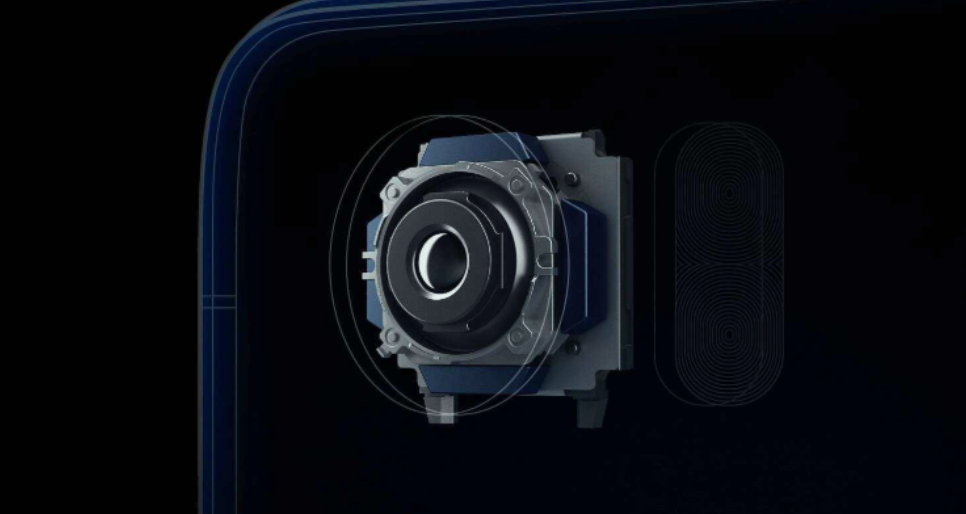ADAS camera high-end battle, 5M and 8M shipments have mystery
Time: Jul 17, 2024Views:
Automotive ADAS (Advanced Intelligent Driver Assistance System) camera is the most significant identification of automatic driving, the current 2M for the mainstream specifications. Driven by technological innovation and market demand, 5M and 8M are becoming high-end segmentation trends.
As a global new energy vehicle leader, Tesla is the toughest adherent of intelligent driving pure vision program, and its ADAS camera configuration is more alternative, since the second generation of FSD chip HW4.0, the camera pixel has been upgraded from 2M to 5M specifications, which is exclusive to the industry.
Even so, with the advantage of the best-selling terminal market, Tesla still let the shipment of 5M camera successfully surpassed 8M, the sum of other new energy automobile brands.

Chao Dian learned from the automotive electronics industry chain, Tesla ADAS lens suppliers are mainly China's Lianchuang Electronics and Asia Optical, of which the former accounted for about 60%; the main suppliers of on-board camera module for South Korea's LG and Samsung.
According to the tide of electricity statistics, azure, ideal, peng, extreme kryptonite, wisdom and other Chinese car brands, as well as ask the world, extreme fox huawei department has basically 8M ADAS camera as a standard, the whole car is priced at 200,000 yuan or more. Released at the end of March this year, millet SU7, car circle debut is also 8M opening.

This scene is very similar to the cell phone world android group war apple.
“You can't simply and roughly use the pixel size to make a comparison.” China's a first-tier car camera manufacturer executives Kai emphasized, in fact, 5M and 8M camera market selling price is about the same, the main difference is to see far and see clearly the product features to choose.
Chaodian Think Tank communicated with a number of car vision algorithm companies that, from the computing power considerations, the current 8M ADAS camera basically adopts a 4 × 2M structure, which makes the distance of the car's vision is farther; 5M single pixel points are more, and have the advantage of the application of low-light high-definition.

Kai revealed that “a head of the domestic automotive Tier 0.5 intelligent driving program originally planned to use 5M camera, but from the consumer cognitive psychology and product selling point considerations, and finally chose to sound more lofty 8M.”
Compared to the more radical new car-making forces, BYD, which has been on the throne of the global new energy vehicle sales champion for the past two years, is obviously lagging behind in the promotion of intelligent driving, but its in-vehicle visual evolution project has been opened.
According to the tide of electricity, the future of BYD high-end ADAS camera is basically locked for 8M.
From the perspective of China's automotive electronics upstream industry chain, Sunny Optics, Lianchuang Electronics, Ophi Optical, Teles, Hongjing Optoelectronics and other automotive lens manufacturers have completed the 5M/8M product layout and mass production delivery; Howell, Stowe has made a breakthrough in the automotive CMOS, which completely rewrites the market pattern of the previous ON ON Semiconductor dominance.
Combined with the development trend of intelligent driving, ChaoTeam estimates that in 2028 the market capacity of in-vehicle ADAS cameras will exceed 100 million. Which in addition to the maturity and popularization of 5M and 8M, 15M or more higher specification product applications will certainly appear.
Intelligent driving wars are vision-first and vision-based.

recommend
Jul 22, 2024
The company brought with it solutions such as Qian Kun ADS, Qian Kun Vehicle Control, and Qian Kun Vehicle Cloud. Huawei...
Hot







